-
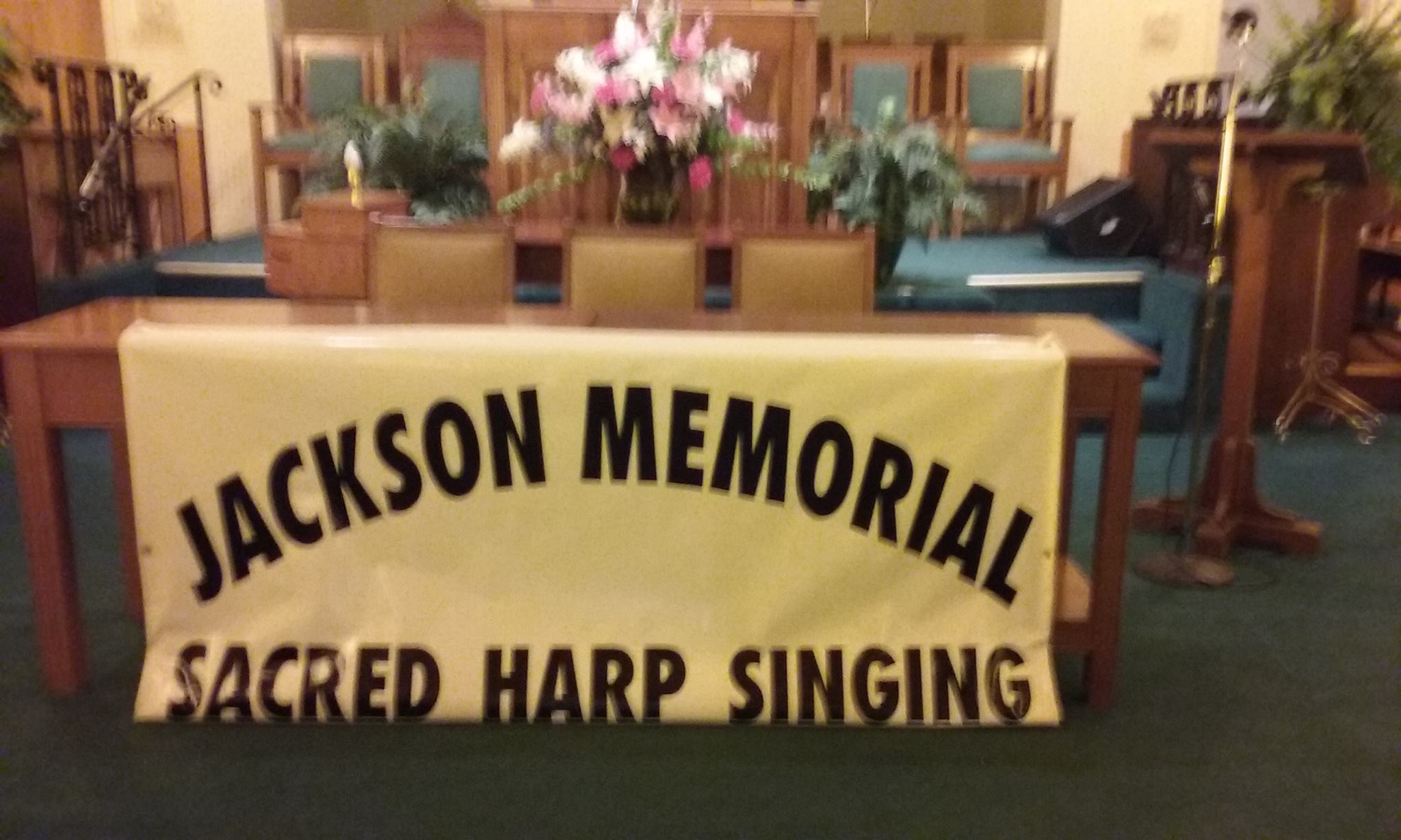
Saturday, May 17, 2025 – 3 PM EDTFirst Missionary Baptist Church – Ozark, Alabama You’re invited to the 90th Annual Sacred Harp Singing at First Missionary Baptist Church in Ozark, Alabama—honoring the legacy of Judge Jackson and The Colored Sacred Harp. This special event includes both in-person and virtual participation, continuing a beloved tradition of…
-

KLOF Mag announced the release of a video of an English musician Sam Carter performing a simple acoustic version of “White” from The Sacred Harp. Carter states: Long Time Travelling is better known to some as White, as that’s the name it appears under in shapenote tunebook The Sacred Harp, originally published in 1844. The…
-
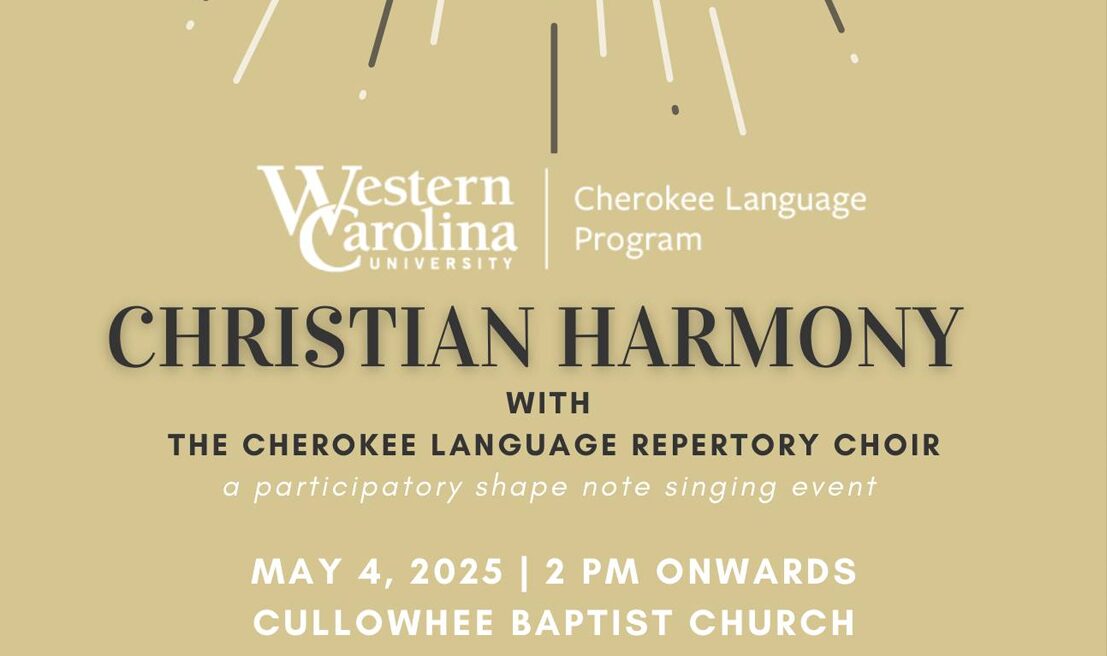
Join this free participatory historical singing event in the Appalachian mountains of North Carolina. RSVP top help them know how many to expect: http://bit.ly/3CW56Ka For the first half of this unique singing you will sing tunes from an 1892 Christian Harmony singing documented in the journals of Cherokee traditionalist, Will West Long. Then the group will…
-
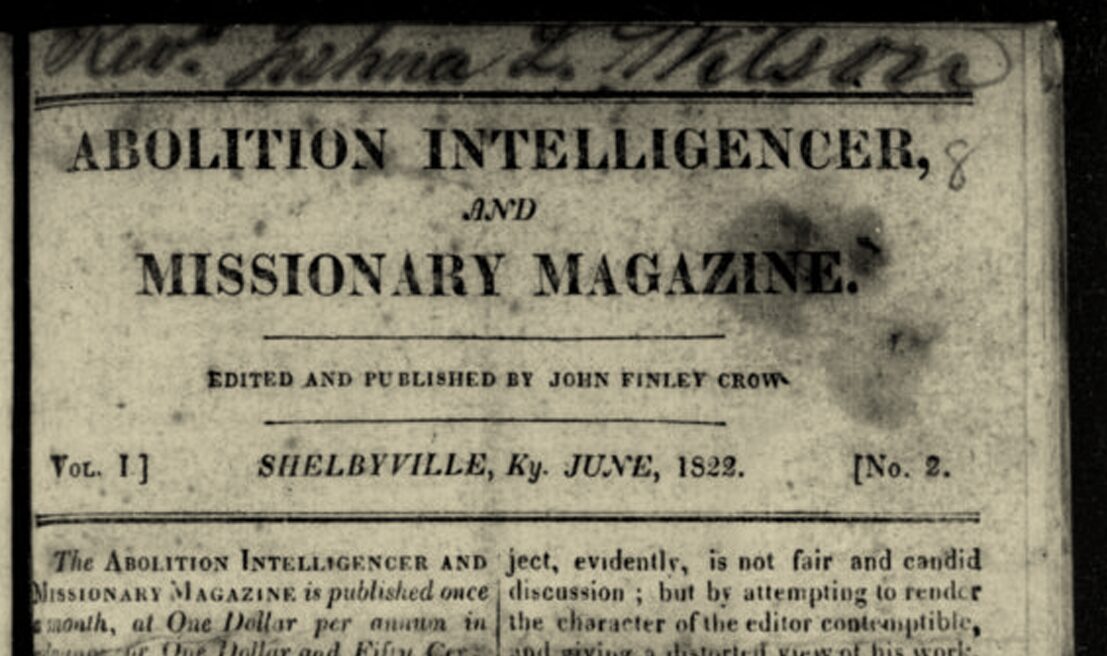
Published in the Abolition Intelligencer and Missionary Magazine (Shelbyville, KY, Vol. 1, Iss. 2, June 1822), this letter from Elijah Boardman (findagrave.com) provides a striking glimpse into the use of shape-note singing in early American missionary efforts. The account describes a singing school among the Tuscarora people in Lewistown, New York, where indigenous singers learned…
-

In the late 19th century, rural communities across the South and Midwest found joy and connection through the vibrant tradition of shape-note singing. Mitchell B. Garrett’s Horse and Buggy Days on Hatchet Creek: An Alabama Boyhood in the 1890s (Tuscaloosa, AL: University of Alabama Press) offers a rich firsthand account of how this musical practice…
-

Born in 1784, Elsie Chittenden of Guilford, Connecticut, was a shape-note singer born sixty years before B.F. White’s The Sacred Harp was published. As a young woman, she sang counter in her church choir when the pitch pipe was the only aid to congregational singing, and tunes like Old Hundred and Mear were the backbone…
-

In shape-note singing, we welcome every voice, valuing participation over polish and the shared experience over individual refinement. But not every tradition has held this view. The musical reform movement of the 19th and early 20th centuries sought to reshape American congregational singing, favoring trained voices and standardized harmony over the raw, communal sound that…
-
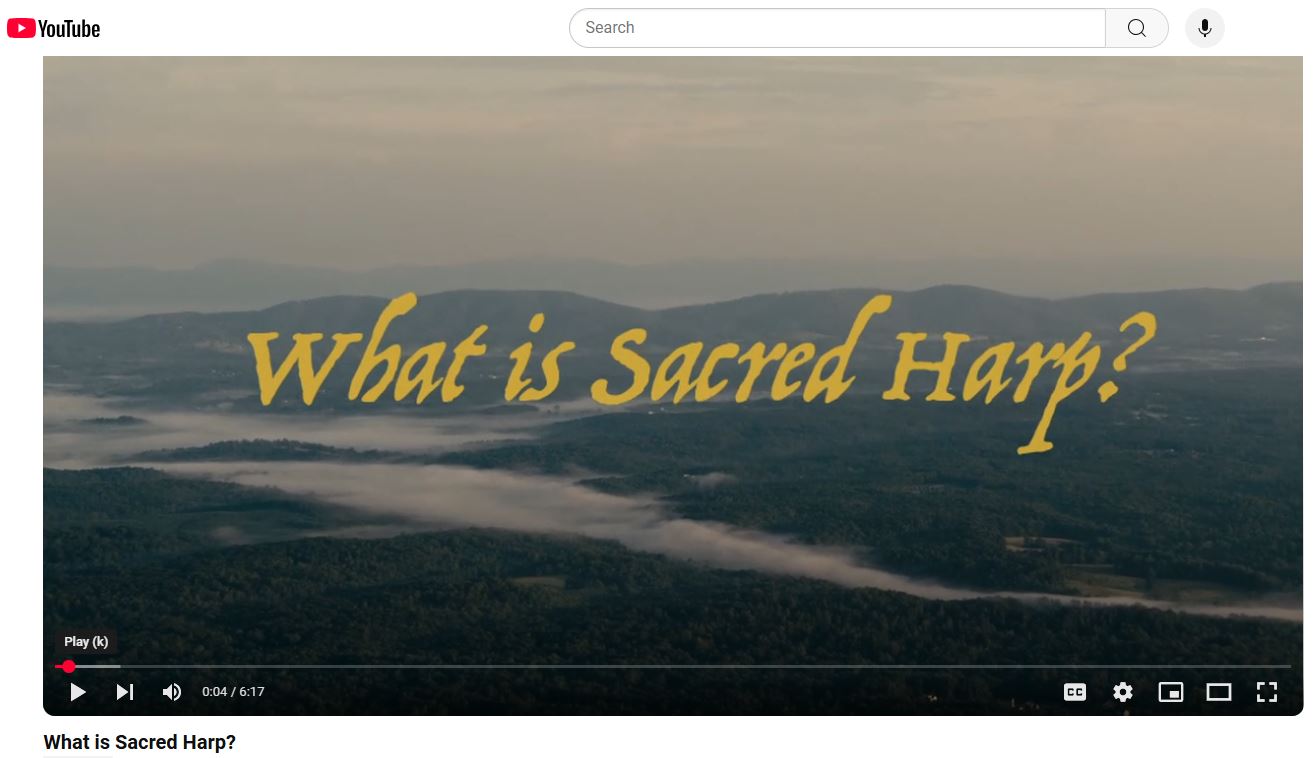
If you’ve ever tried to explain Sacred Harp singing to someone unfamiliar with it, you know how tricky it can be. Josh Miller’s new short film, What is Sacred Harp?, captures the spirit of this tradition beautifully in just six minutes. Filmed at the 2025 Ohio Sacred Harp Convention, this charming and informative piece features…
-

The Sacred Harp Museum has once again done invaluable work in preserving and sharing historical recordings from our tradition. Their latest release—a newly digitized and remastered collection of open reel tapes from Terry Wootten—documents decades of singing in Northeast Alabama, a region deeply tied to Sacred Harp’s living tradition. Spanning from 1962 to 1982, these…
-
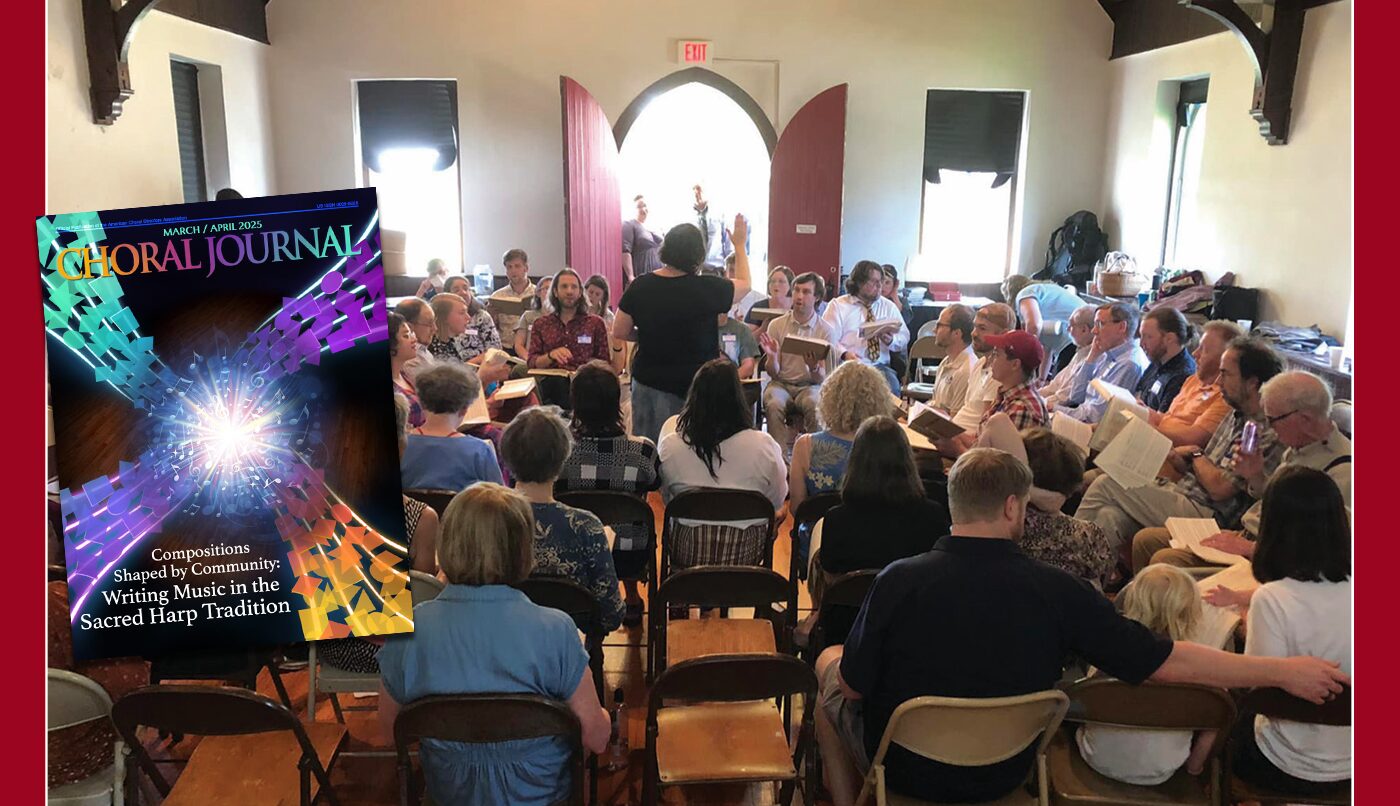
A paper on composing music in the Sacred Harp tradition is the feature article in the new March/April 2025 issue of Choral Journal (Vol. 65, No. 7). Three singers, who are also three scholars, have teamed up for the paper. Lily M. Hammond, Abigail C. Cannon, and Esther M. Morgan-Ellis have written the paper “Compositions…
